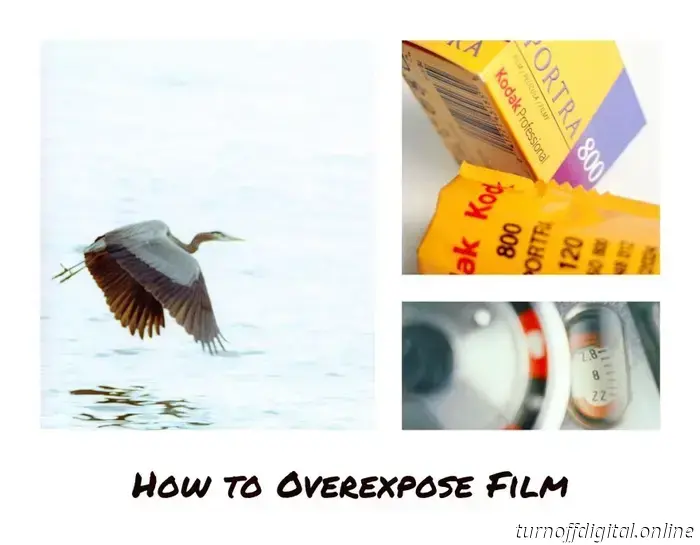
TIFF files are significantly larger than JPEG files. They often come at a higher cost if you opt to have your film scanned at a lab. But is the additional storage and expense really justified? Despite being widely used and a well-established format, many knowledgeable photographers often have misconceptions about concepts like image bitrate, containerization, and compression. Over the past two decades as a software engineer, I have worked with numerous image delivery and manipulation implementations; my current project is the save-as-TIFF feature in film Q, a web application that batch-inverts film negatives with a simple click.
If you're seeking a straightforward answer, I won't bore you with excessive details. This decision tree will assist you in quickly selecting your preferred format. However, if you are interested in understanding the common storage and encoding options—how they function and how to utilize them more effectively—keep reading: this guide provides the information you need!
In this guide: JPEG or TIFF? Decision tree. 8-bit vs. 16-bit vs. 48-bit vs. 64-bit. Optimal settings for JPEG scans. Optimal settings for TIFF scans. TIFF vs. RAW. Storage considerations. Support this blog and receive premium features with GOLD memberships!
JPEG or TIFF? Decision tree. A decision tree diagram for choosing between TIFF and JPEG film scanning formats.
Depending on factors like the compression of TIFF files, their resolution, and bit depth, they can take up anywhere from 500MB to 10GB per roll. Numerous applications can open and edit TIFF files, yet they are not suitable for social media uploads, are too large for email, and can significantly consume your device's or computer's memory. Not all TIFF files have a bit depth of 16 bits per channel; the bitrate can vary based on the scanning device and how the file is saved. While it's easy to reduce bitrate, restoring it to its original state is impossible. You can check the bitrate of your TIFF file in your editor (in Photoshop, navigate to Image > Mode).
Although 8 bits per channel suffice for basic viewing and editing, 16-bit encoding offers more leeway for edits that may influence contrast. An example of such modification is histogram stretching, along with significant adjustments to saturation, brightness, color balance, hue, and contrast. If you suspect that your film roll has exposure errors requiring correction, complex lighting, or if the film has a strong base fog (which is common with expired film), a 16-bit file may produce superior outcomes.
8-bit vs. 16-bit vs. 48-bit vs. 64-bit. Bit depth, or color depth, refers to the total number of shades a pixel can display. A single bit in computers can store two values, representing either black or white. Two bits can store 2² = 4 colors, four bits can accommodate 16 colors, and so forth; eight bits can record 2⁸ = 256 colors, while 16 bits enable an astounding 65,536 colors per pixel!
Moreover, 16-bit systems manage 65,536 colors per channel. Therefore, for full color—which consists of three channels (red, green, and blue)—the total is 16 × 3 = 48 bits, resulting in 281,474,976,710,656 RGB colors per pixel! In contrast, the human eye can perceive around 1,000,000 colors (roughly 6.65 bits), while an iPhone uses a 6-bit-per-channel display to show 262,144 RGB colors.
So, why would anyone opt for 16-bit per channel color depth if we can't display or see all that richness? Tasks like scanning and inverting film negatives can significantly reduce the overall color count in an image. Additionally, each subsequent step—such as lossy image compression, contrast modifications, and destructive edits—can further diminish the recorded depth. Employing a 16-bit system ensures that substantial changes can be carried out without a noticeable decline in image quality.
If you use film scanning software like VueScan, you may notice it lists the bitrate as an aggregate for all channels. For instance, the “24 bit RGB” setting suggests the image will have 8 bits per channel, whereas the “48 bit RGB” setting equates to 16 bits per channel.
However, 64-bit RGBI has a different meaning; the software encodes a 16-bit per channel image in RGB along with an extra infrared (I) channel that certain software can leverage to eliminate dust and scratches with varying degrees of success. I will also mention other bitrates, such as 10, 12, and 14 bits per channel, which are typically found in camera RAW files.
Best settings for JPEG scans. Inverting film scans often requires considerable modifications to contrast levels, particularly for color-negative film. This is why top-quality scanners provide a 16-bit color depth, and camera RAW files retain higher bitrates than JPEG

Although the low-compression full 4:4:4 chroma JPEG files produced by film Q contain sufficient data for substantial edits without causing distortions, there might be occasions when additional color data is required. #editorial.

This guide will assist you in understanding the reasons and timing for appropriate overexposure, which films to overexpose, methods for overexposing your photos without compromising them, and how to scan and edit overexposed images.
TIFF files have a significantly larger size compared to JPEGs. They can also be more expensive to have your film scanned at a lab. But do the additional storage requirements and cost justify themselves? This guide includes an easy-to-use decision tree along with a detailed explanation of the commonly used digital image formats.